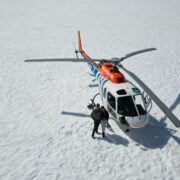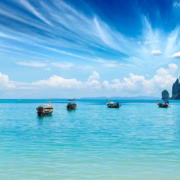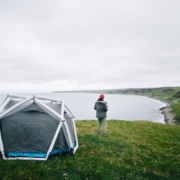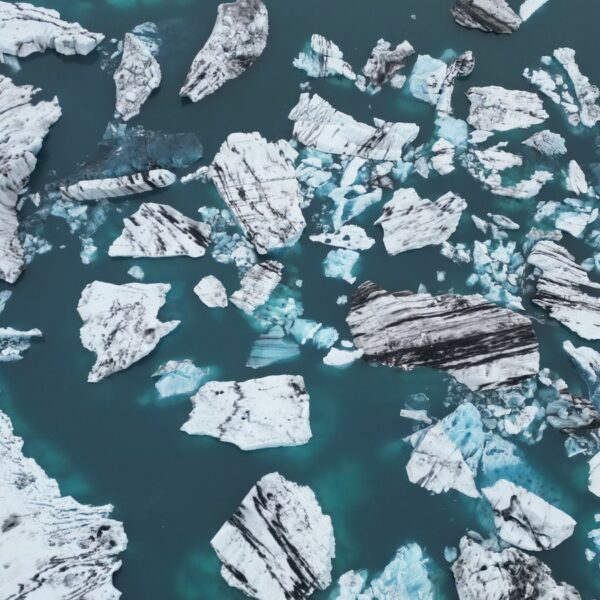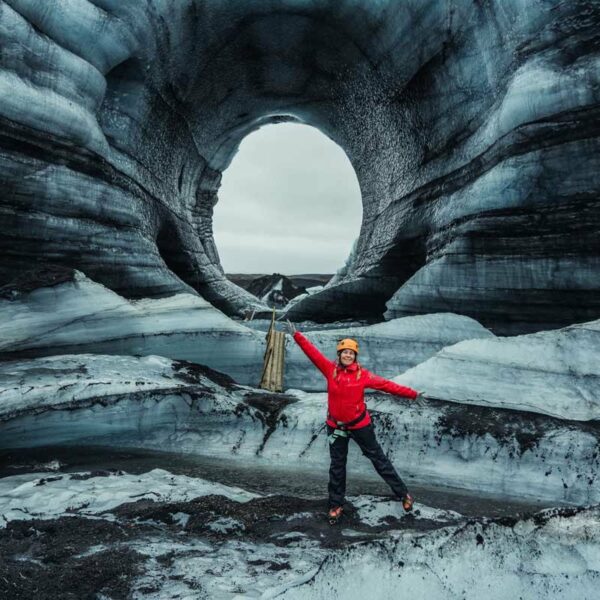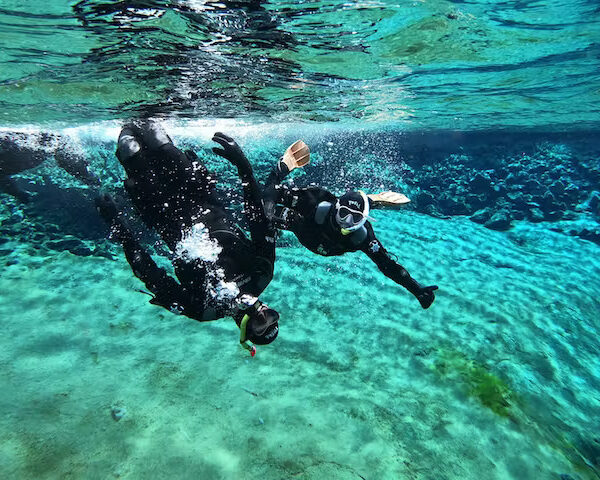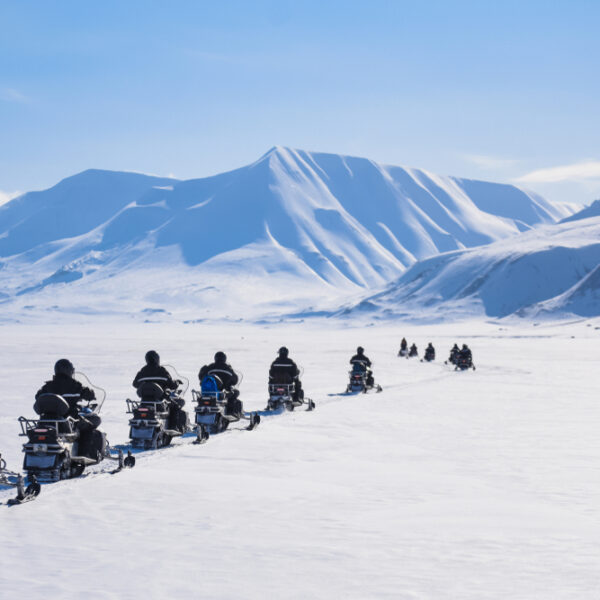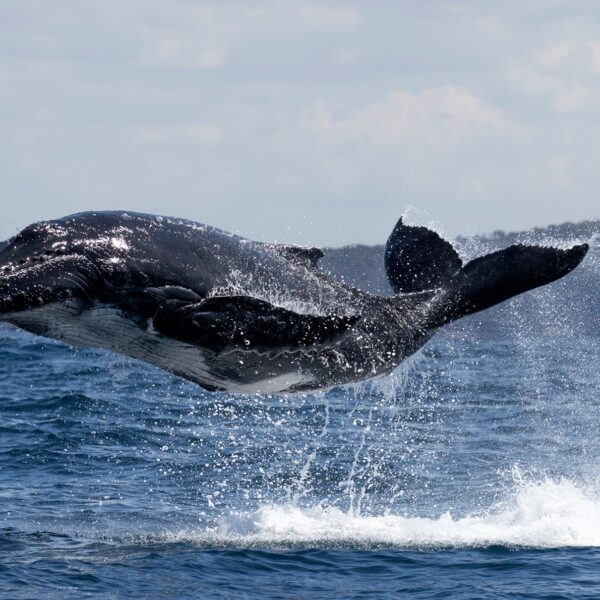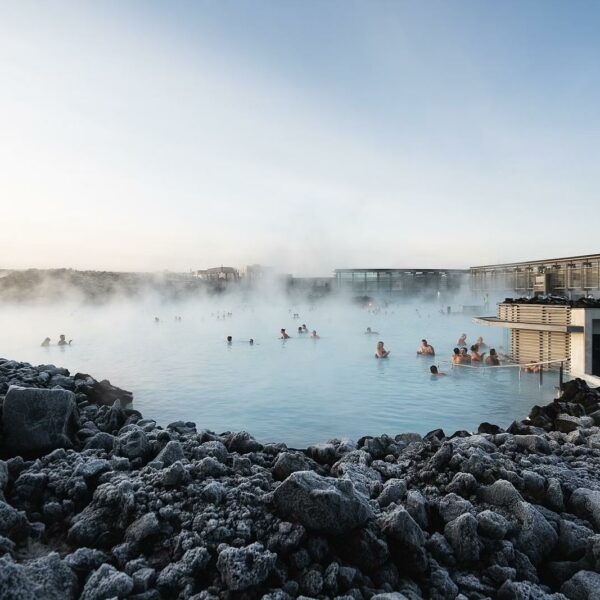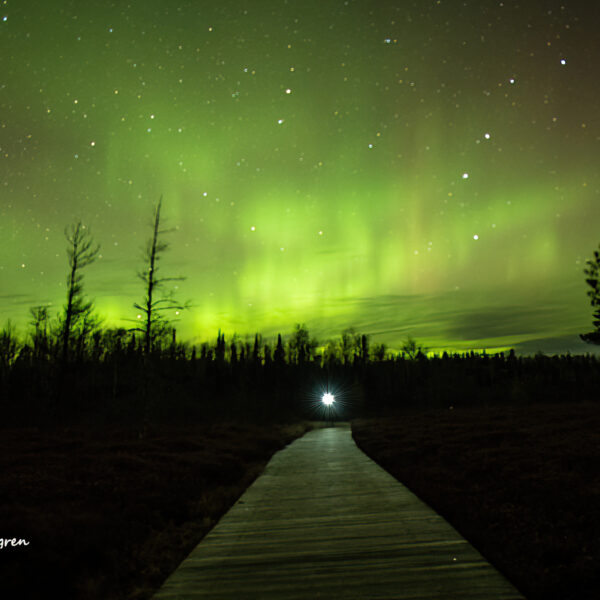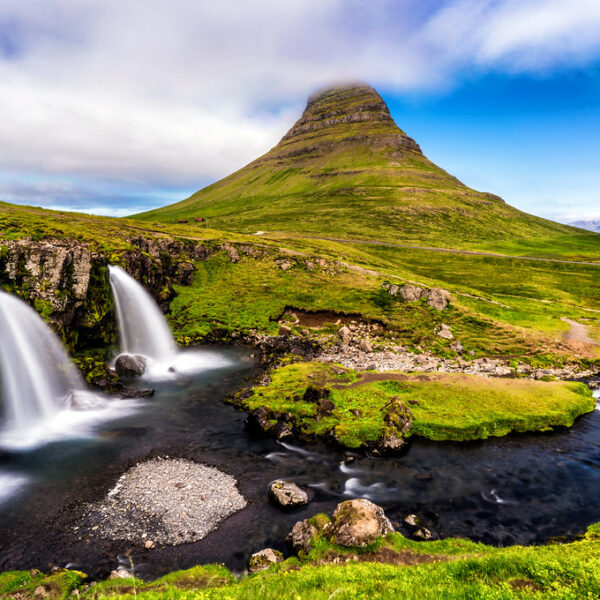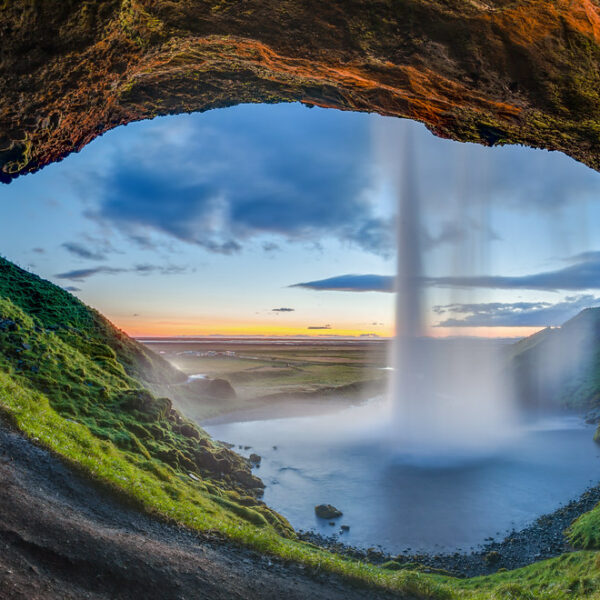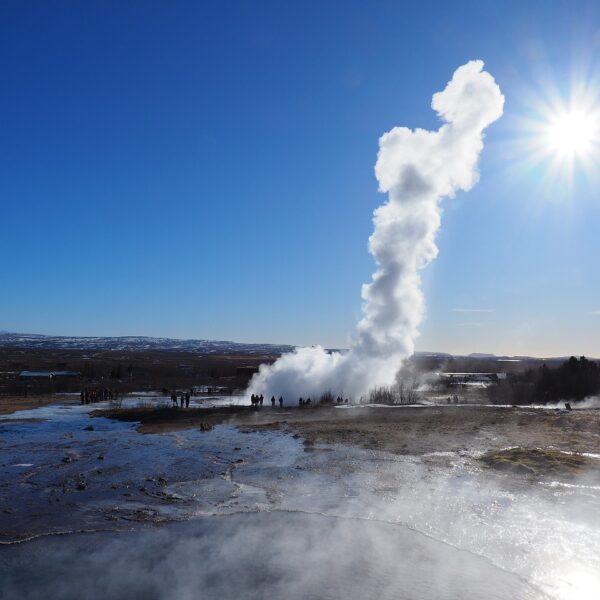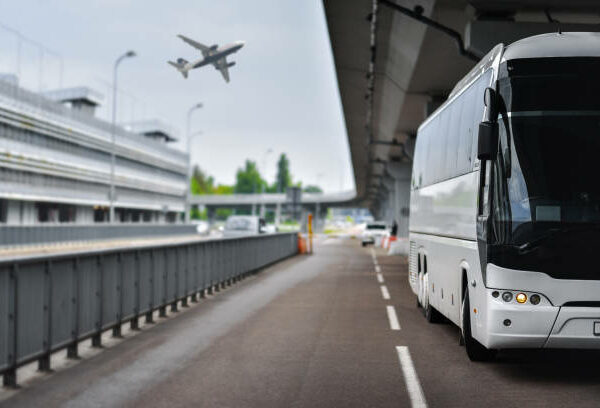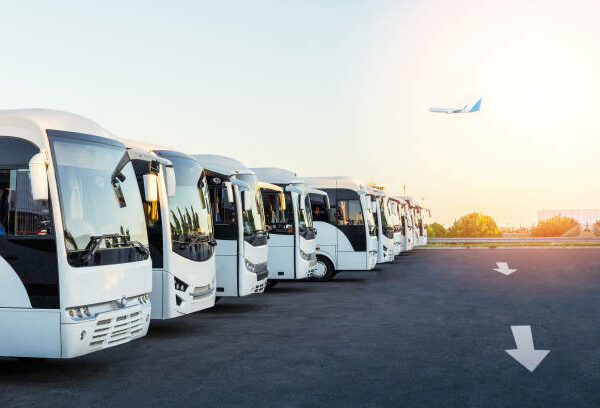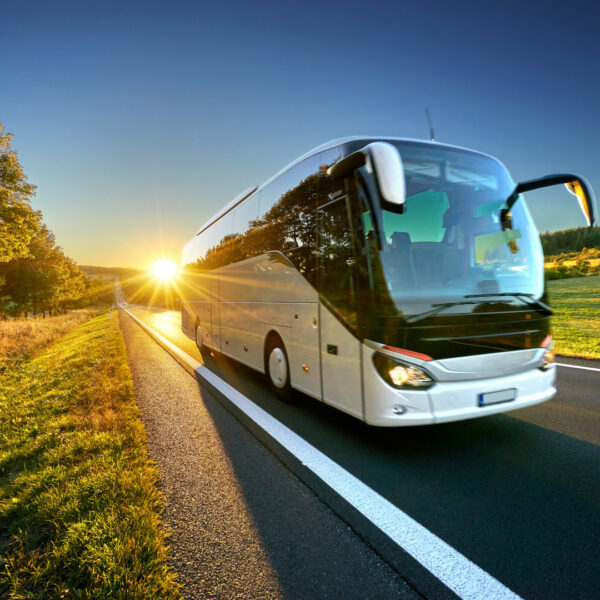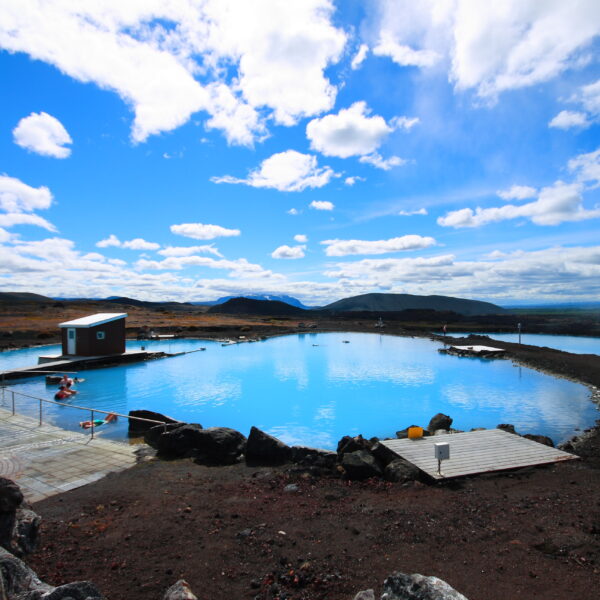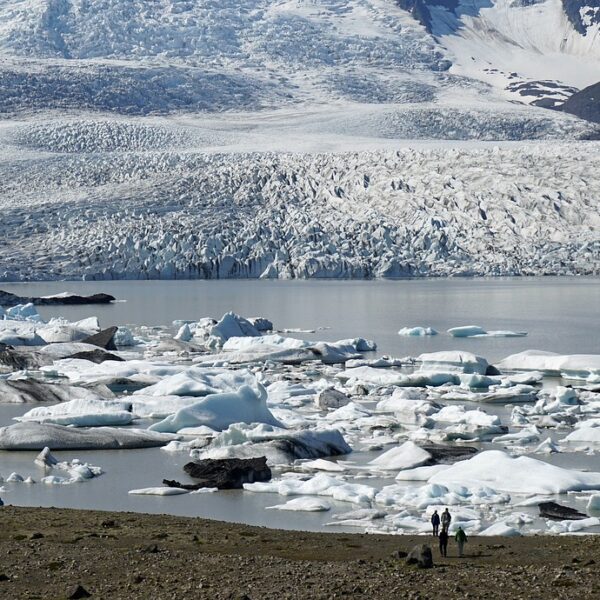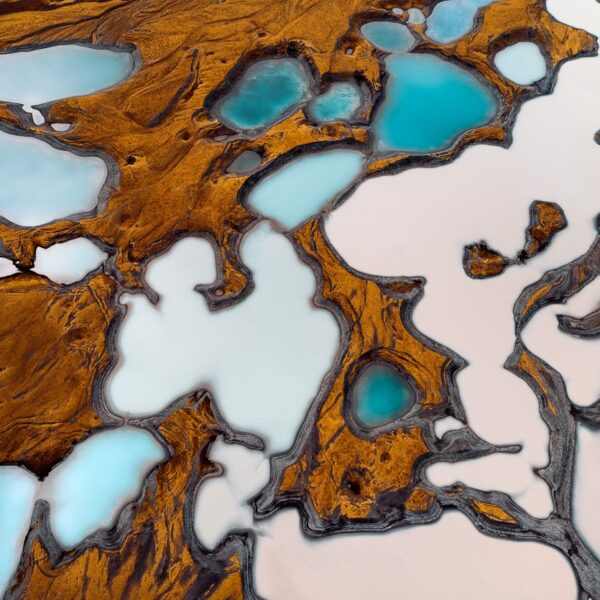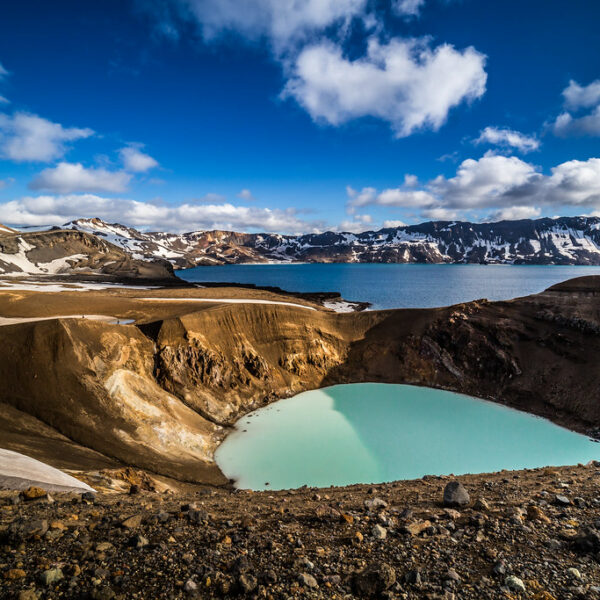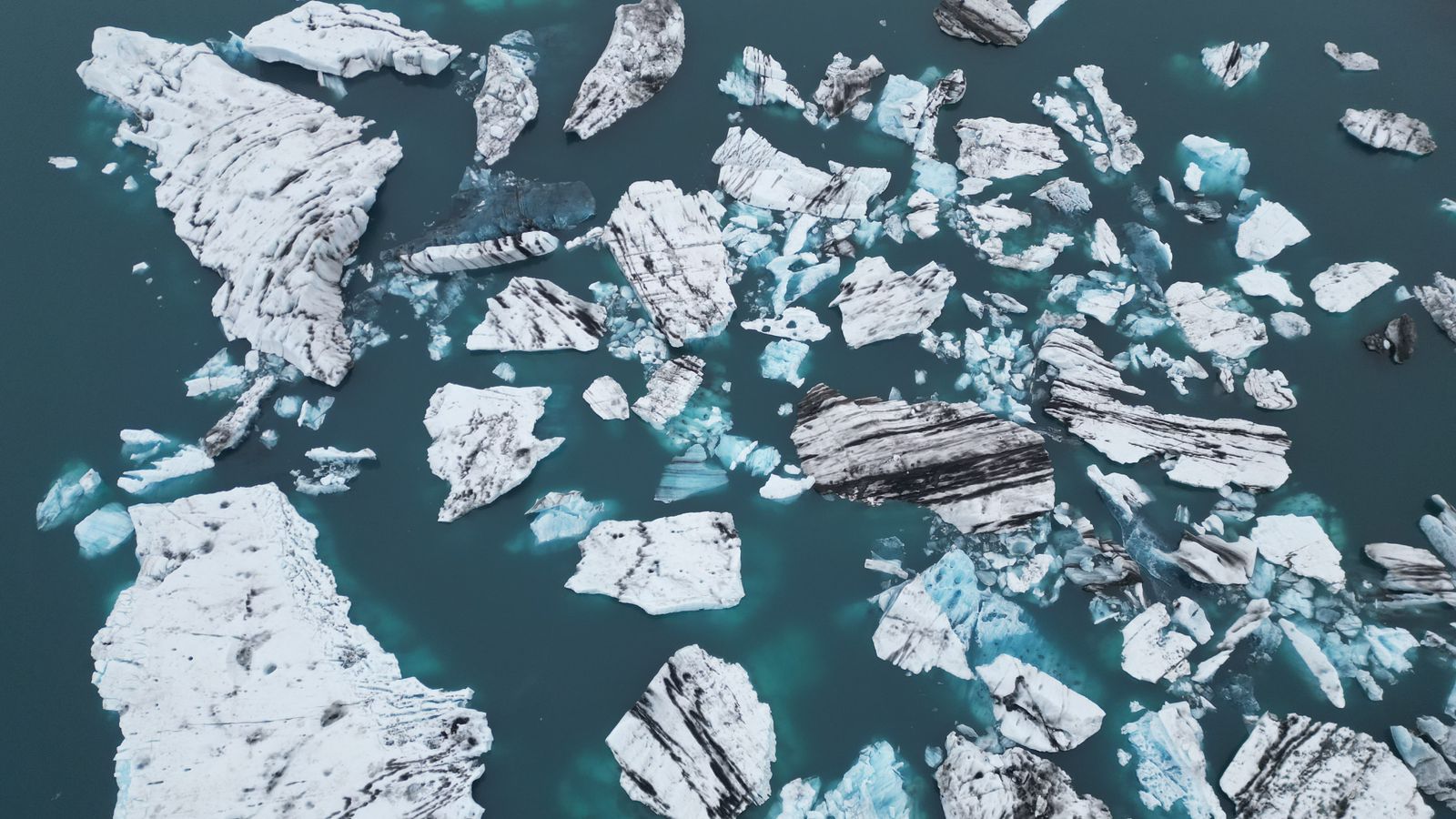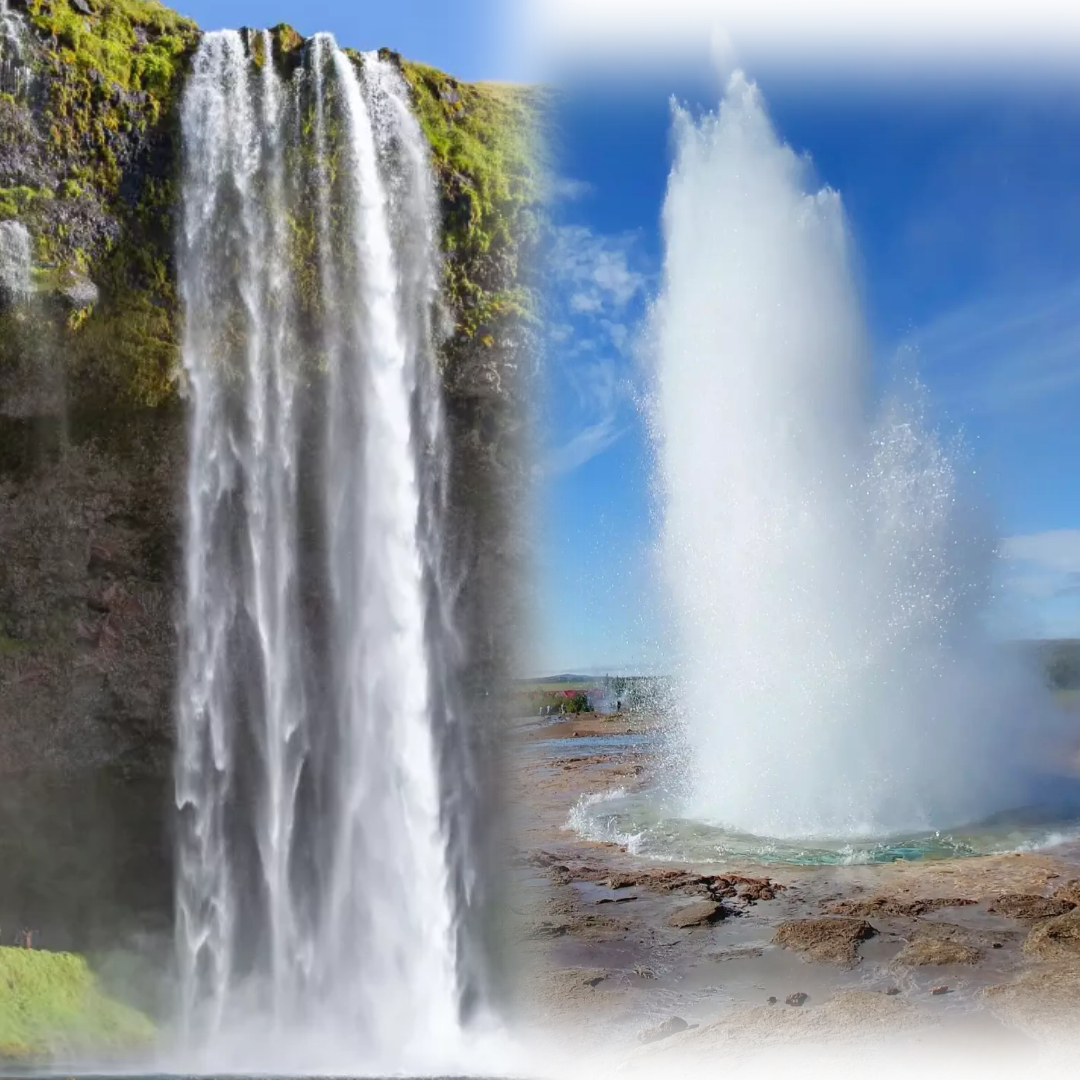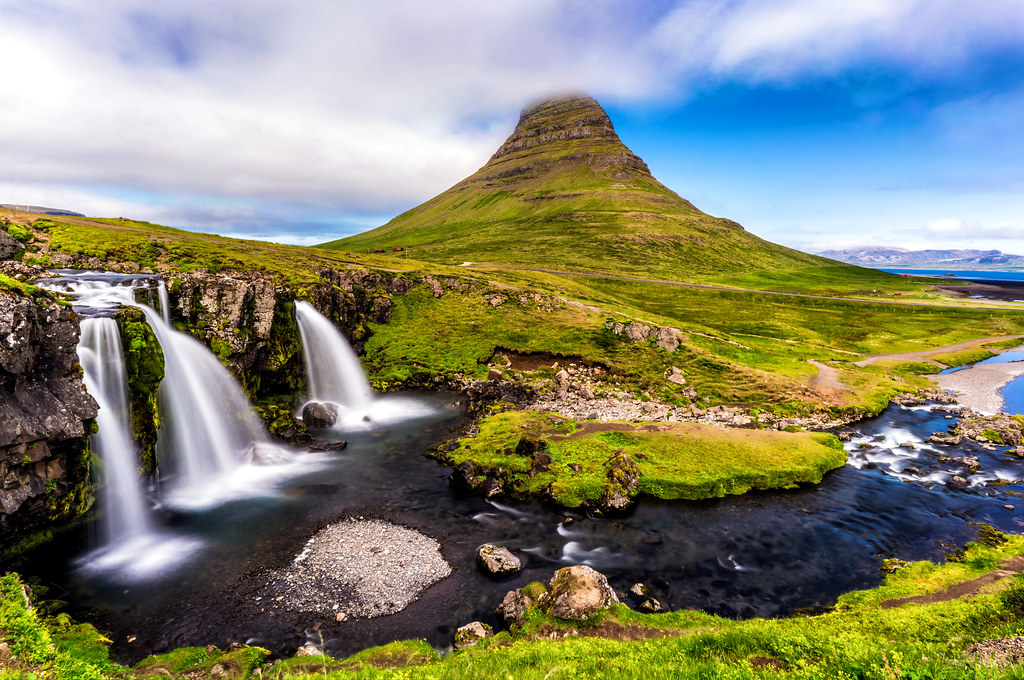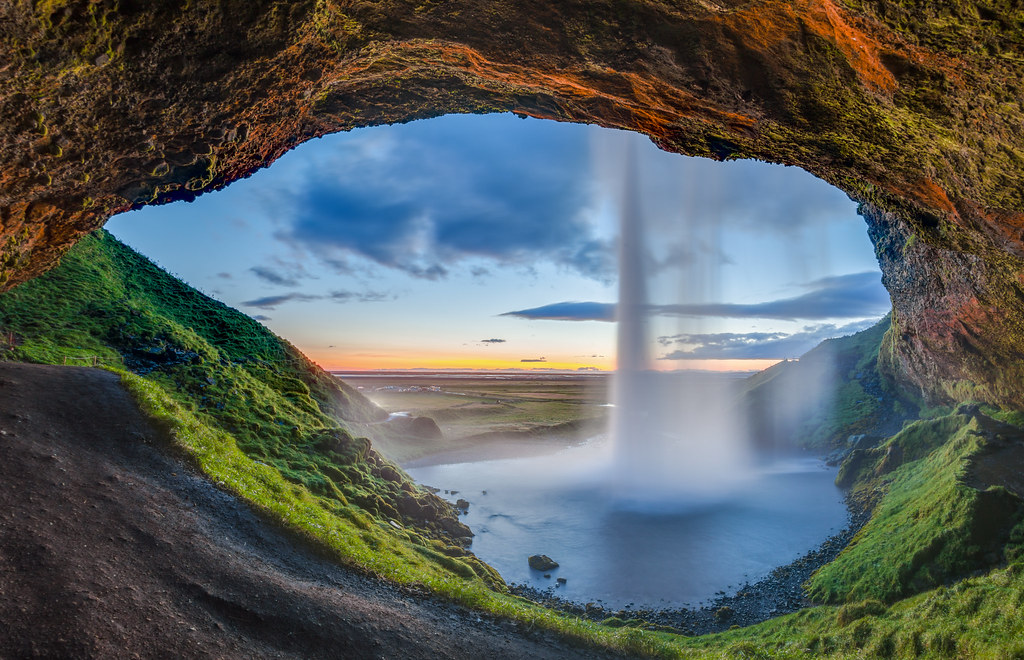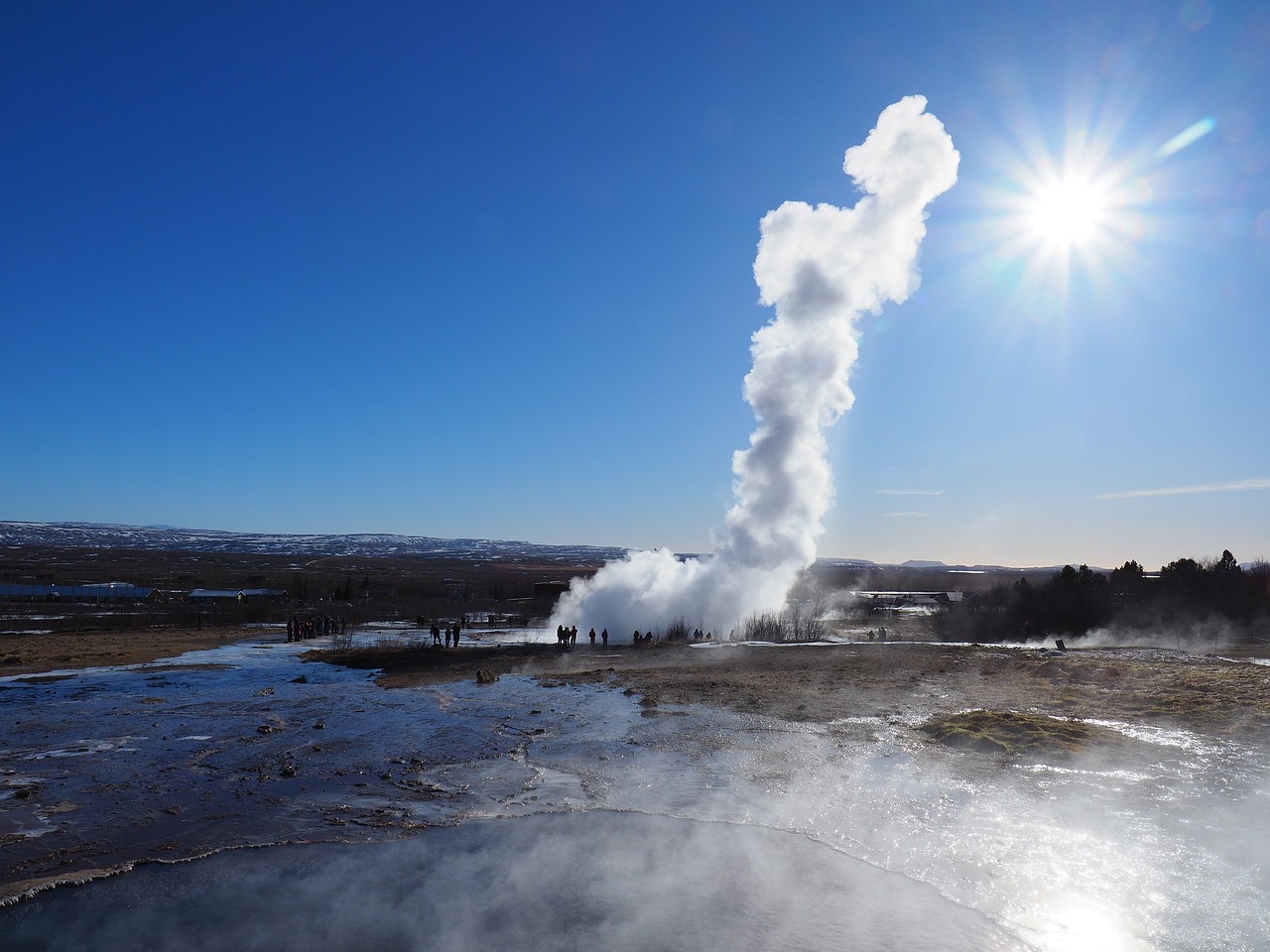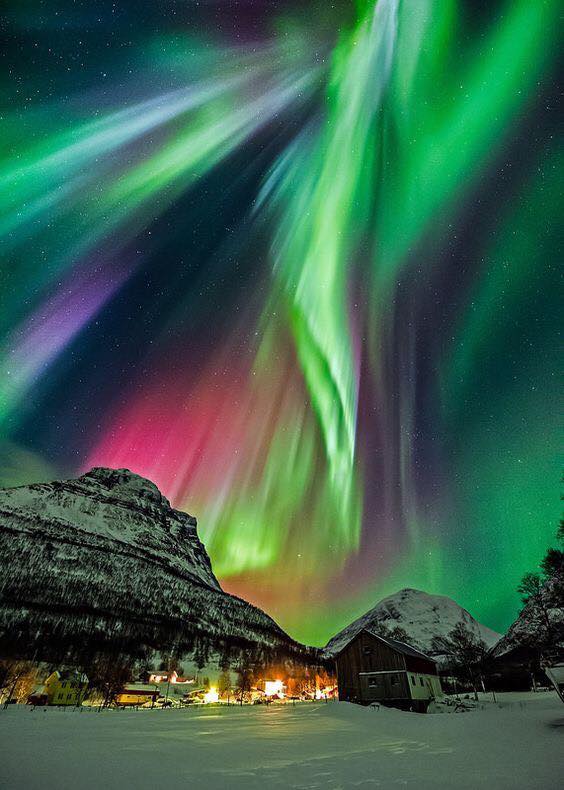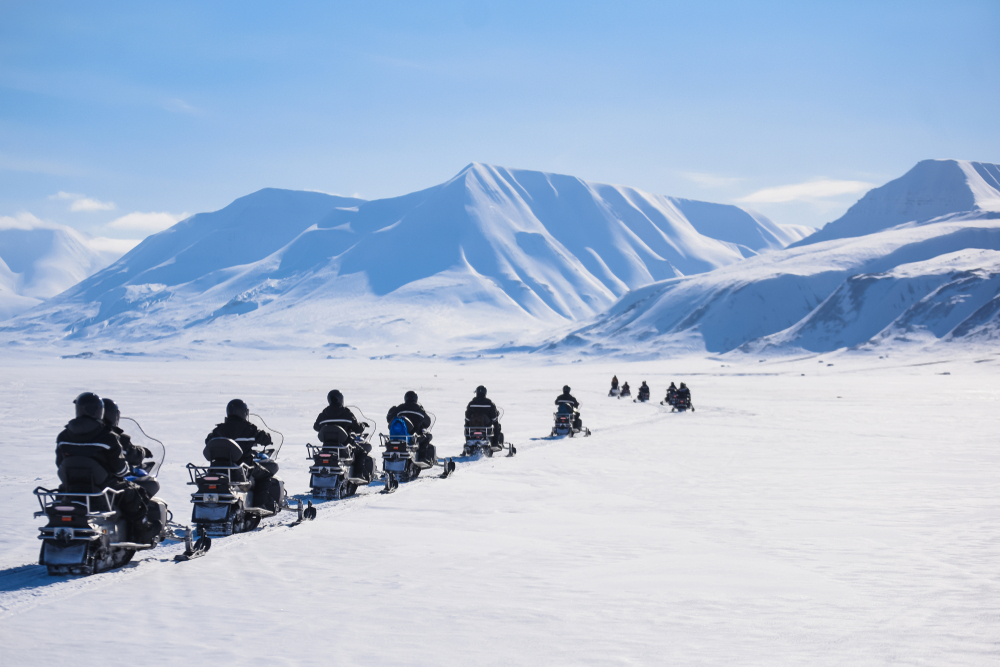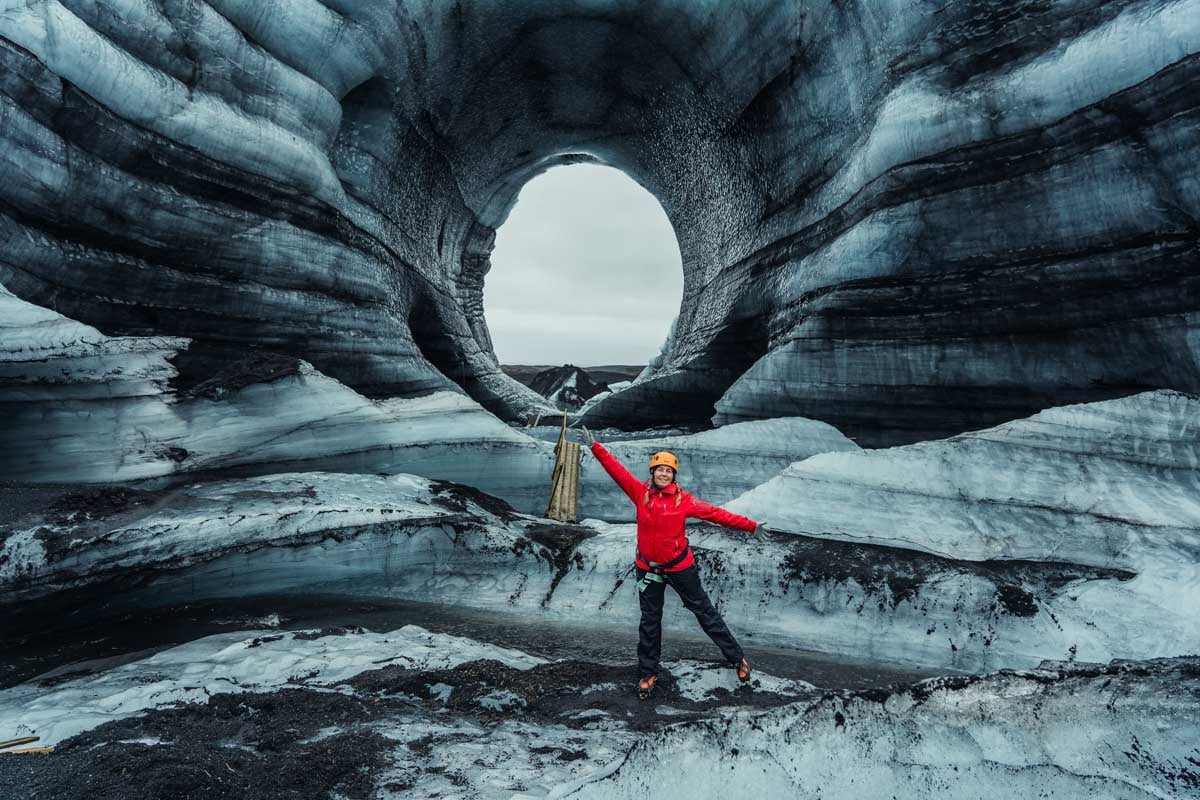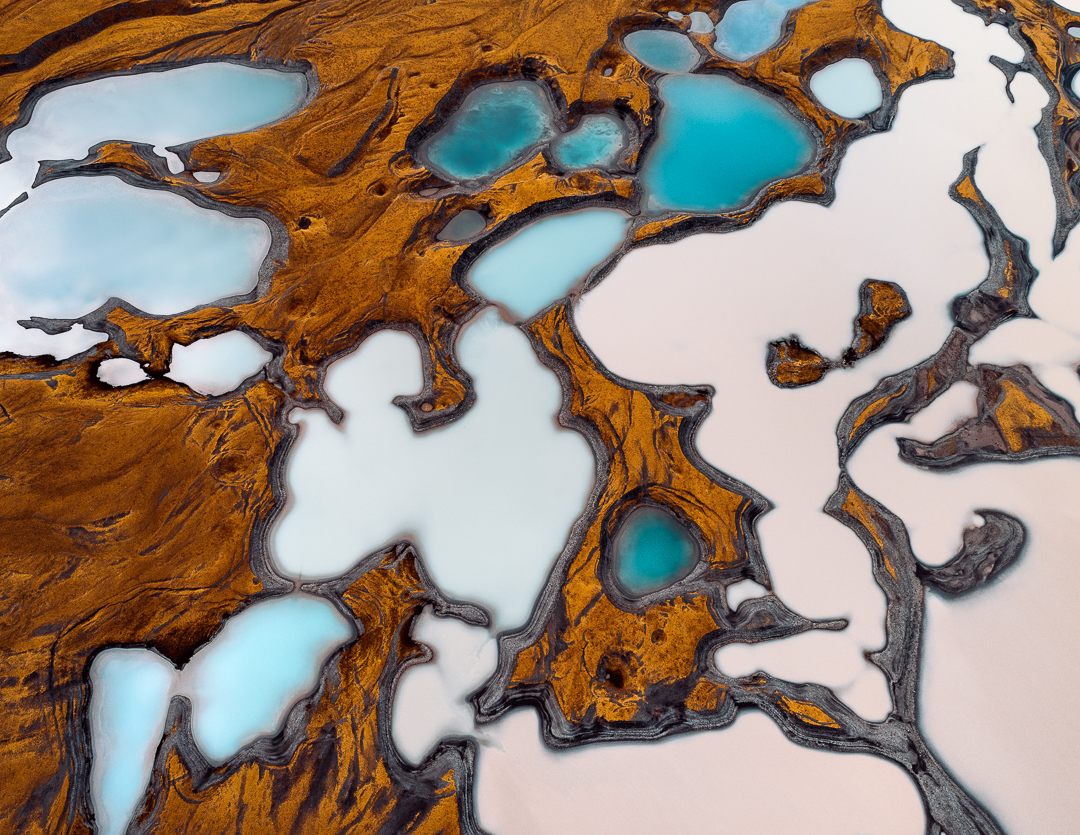Eco-Friendly Tourism Practices in Iceland: A Sustainable Travel Guide
Eco-friendly tourism is not just a trend but a commitment to the future, and nowhere is this more evident than in Iceland. Known for its breathtaking natural beauty from geysers to glaciers, Iceland has become a beacon for sustainable travel.
Imagine standing atop a glacier, knowing that it’s preserved for generations to come, or soaking in a geothermal spa powered by the Earth itself. This isn’t a dream but a reality in Iceland. In this blog, we’ll explore how you can be part of this remarkable journey, embracing the awe-inspiring landscapes while adhering to practices that ensure they remain untouched and unspoiled.
Join us in uncovering the essence of responsible travel in Iceland, a country that’s as committed to the planet as it is captivating to the soul.
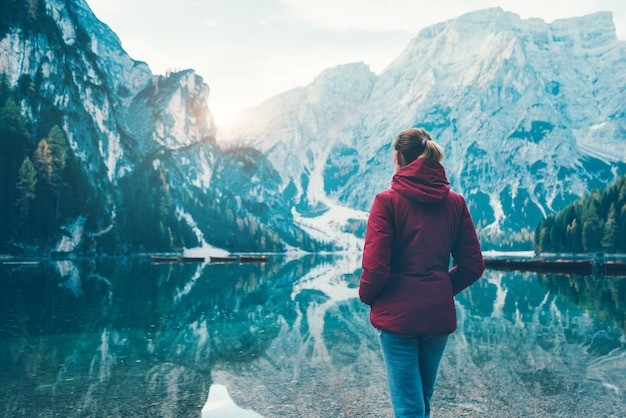
Background on Iceland’s Eco-Friendly Tourism
From dramatic lava fields to serene fjords, Iceland’s landscapes are as diverse as they are fragile. Glaciers like Vatnajökull and Langjökull form some of Europe’s largest ice caps, but they are retreating at an alarming rate due to global warming. Iceland’s geothermal areas, while a significant source of renewable energy, can be adversely affected by irresponsible tourism.
Iceland’s unique fauna, including the Arctic fox and numerous bird species, also face threats from habitat loss. Current conservation efforts in the country range from glacier monitoring to wildlife protection, often involving local communities and travelers.
These efforts are essential to maintaining Iceland’s ecological balance and ensuring that the natural beauty remains untouched.
The Rise of Eco-Friendly Tourism in Iceland
The explosive growth in tourism in Iceland has been both a boon and a challenge. With over two million visitors annually, the need for sustainability is clear. Government initiatives have sprung up to control the environmental impact, including restricting access to certain vulnerable areas and promoting the use of renewable energy.
Local businesses are also leading the charge in sustainable practices. Hotels are adopting energy-efficient practices, restaurants are sourcing local produce, and tour operators are educating visitors about Iceland’s delicate ecosystems.
These concerted efforts reflect a broader cultural shift towards responsible tourism, setting an example for the rest of the world.
Tips for Sustainable Travel in Iceland
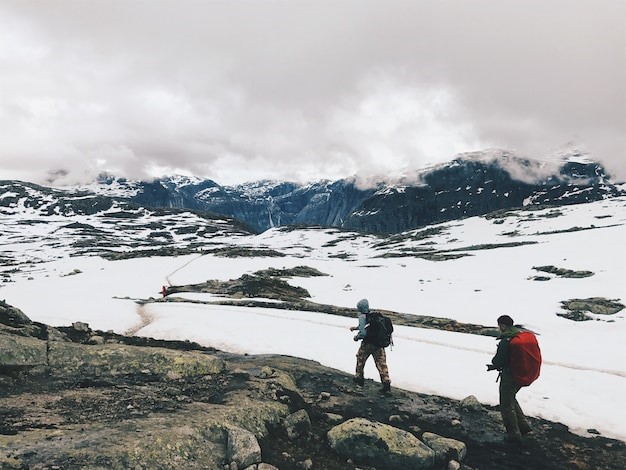
- Transportation: Visitors are encouraged to use buses and other public transportation to minimize emissions. Carpooling with other travelers or opting for electric vehicle rentals can further reduce environmental impacts.
- Accommodation: Look for accommodations with an “Eco-Certified” badge. These lodgings follow strict energy and water conservation practices, reducing the overall environmental footprint.
- Food Choices: Dine in restaurants that favor local ingredients and sustainable fishing practices. This not only helps local communities but also reduces carbon emissions linked to food transportation.
- Nature Etiquette: Stick to marked trails, avoid off-road driving, and maintain a respectful distance from wildlife to preserve the natural habitat.
- Waste Management: Be conscious of packaging and recycle when possible. Carry reusable water bottles and shopping bags.
Highlights of Eco-Friendly Attractions and Activities
Iceland offers numerous attractions that embody eco-friendly tourism:
- Geothermal Spas: Enjoy the famous Blue Lagoon or lesser-known geothermal spas that use renewable energy sources.
- Eco-Friendly Whale Watching: Opt for tours using sustainable practices and educative approaches to marine conservation.
- Sustainable Farm Visits: Experience Icelandic culture through farm visits that practice sustainable agriculture.
- Guided Eco-Hikes: Join guided hiking tours that emphasize conservation and provide education on local flora and fauna.
Interview with a Local Eco-Tourism Tourism Expert
Björn Eriksson, a renowned eco-tourism expert in Reykjavik, shared his thoughts on sustainable travel in Iceland. He emphasized the collective responsibility of locals and tourists to preserve Iceland’s natural assets. From using geothermal energy to supporting local businesses that uphold eco-friendly practices, the role of each visitor is crucial.
Conclusion
Iceland stands as a beacon for eco-friendly tourism, demonstrating that responsible travel practices can go hand-in-hand with a thriving tourism industry. From the majestic glaciers to the rich cultural heritage, every element of Iceland calls for preservation and respect.
Iceland’s ethereal beauty, cascading waterfalls, pulsating geysers, and towering glaciers, is not just a feast for the eyes; it’s a call to action. It’s an invitation to every traveler to become a guardian of nature and to embrace travel practices that respect and nurture rather than exploit.
Every step you take can be a stride toward a greener future in the land of fire and ice. From the restaurants you choose to how you admire the wildlife, your actions shape the future of this unique landscape. And the future is bright, filled with possibilities, but only if we choose to be part of the solution.
So, embark on an Icelandic adventure that goes beyond the ordinary. Immerse yourself in its culture, marvel at its wonders, and leave a lasting positive imprint. Be more than a tourist; be a responsible traveler. Iceland is not just a destination; it’s a journey towards a more sustainable world. Let’s make that journey together. After all, the best way to honor a place as enchanting as Iceland is to ensure it stays that way for generations.


